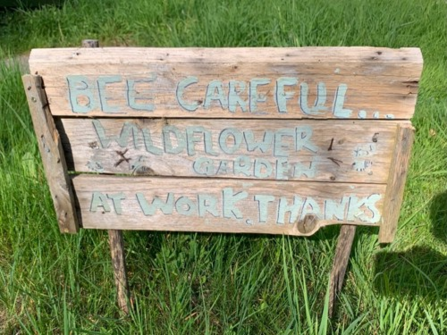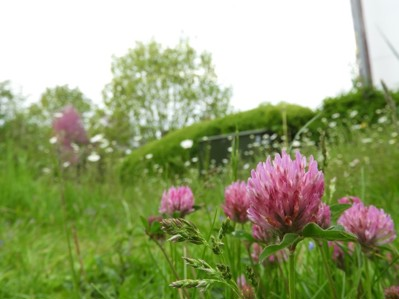Blog written by Young Ambassador Charlie Murphy
Helping insect populations is a positive change that all in society should desire to have, and No Mow May is a fantastic opportunity to make that impact and see the difference non-intervention can make.
The overall objective of No Mow May involves just reducing or completely stopping your mowing regime to allow any wildflowers present to grow, to emerge and to then to benefit insects. Run by Plantlife, it’s an initiative that aims to encourage homeowners, councils, and businesses alike to let lawns and green spaces grow throughout May, as well as to promote and celebrate the biodiversity that the UK has to offer in spaces that are left for nature to thrive.
The desire and temptation of the great British gardener is one of a neatly manicured lawn, immaculately striped and looking impeccable with flowering plants strictly restricted to the borders- this sanitised way of thinking can easily be seen as the pinnacle of ‘ecological tidiness disorder’. Contrary to the popular norms of a British garden, our green spaces can play a vital role in the protection of wildlife and provide a simple building block and evidence of slight behavioural changes that can lead to a fantastic array of biodiversity gains.




